Energy Consumption Forecasting with KNIME
Forecast and optimize hourly energy consumption in manufacturing with KNIME, helping reduce waste, manage peak demand, and support sustainability goals.
KNIME Workflow Example for Energy Consumption Forecasting
This example workflow forecasts hourly energy demand by aligning hourly timestamps, generating lag features and training an LSTM deep neural network. It includes:
- Ingestion of historical energy consumption time series
- Timestamp alignment, missing value handling, and generation of lagged features as predictors
- Training and application of a Keras-based LSTM deep neural network to forecast energy demand per hour
- Comparison of actual vs. predicted values via line plots and scoring metrics.
Why use KNIME for Energy Consumption Forecasting
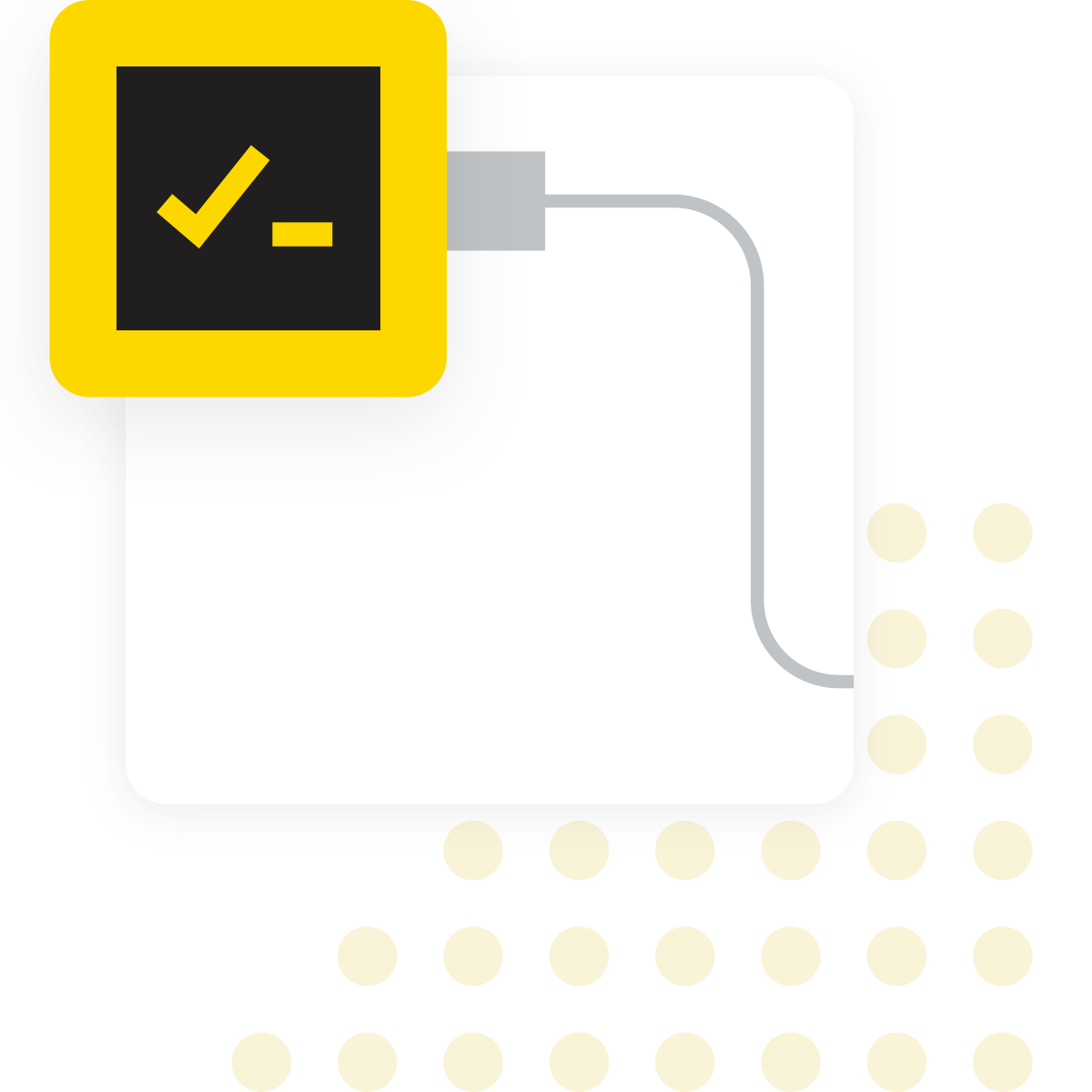
What is energy consumption forecasting?
Energy consumption forecasting means analyzing historical energy consumption data in industrial plants, typically at machine-, shift-, or hourly level, to predict patterns, identify inefficiencies, and suggest operational adjustments.
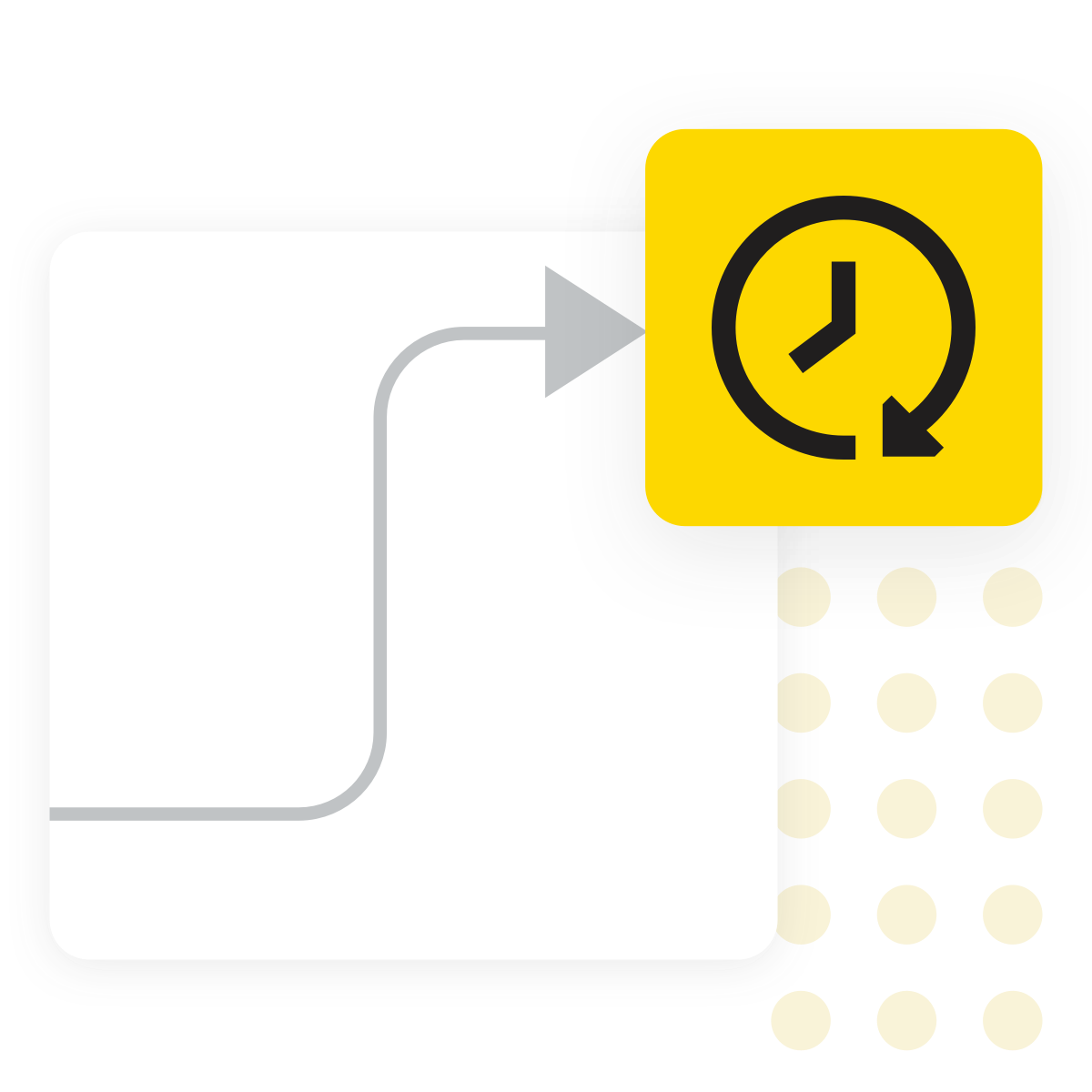
Why does it matter?
Energy costs are a significant component of manufacturing overhead. Forecasting and optimizing consumption helps lower costs, reduce carbon footprint, and support compliance with sustainability targets while maintaining production quality.
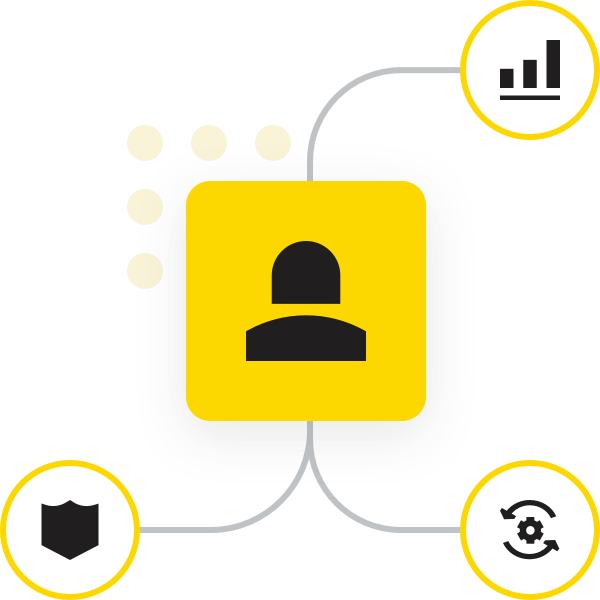
Typical challenges
- Dealing with large volumes of time series data (e.g., smart meters, machine sensors)
- Capturing seasonality (e.g., daily/weekly patterns)
- Unearthing correlations with production schedules or ambient conditions
- Building predictive models that generalize across equipment
- Integrating predictions back into operations, ERP or MES systems
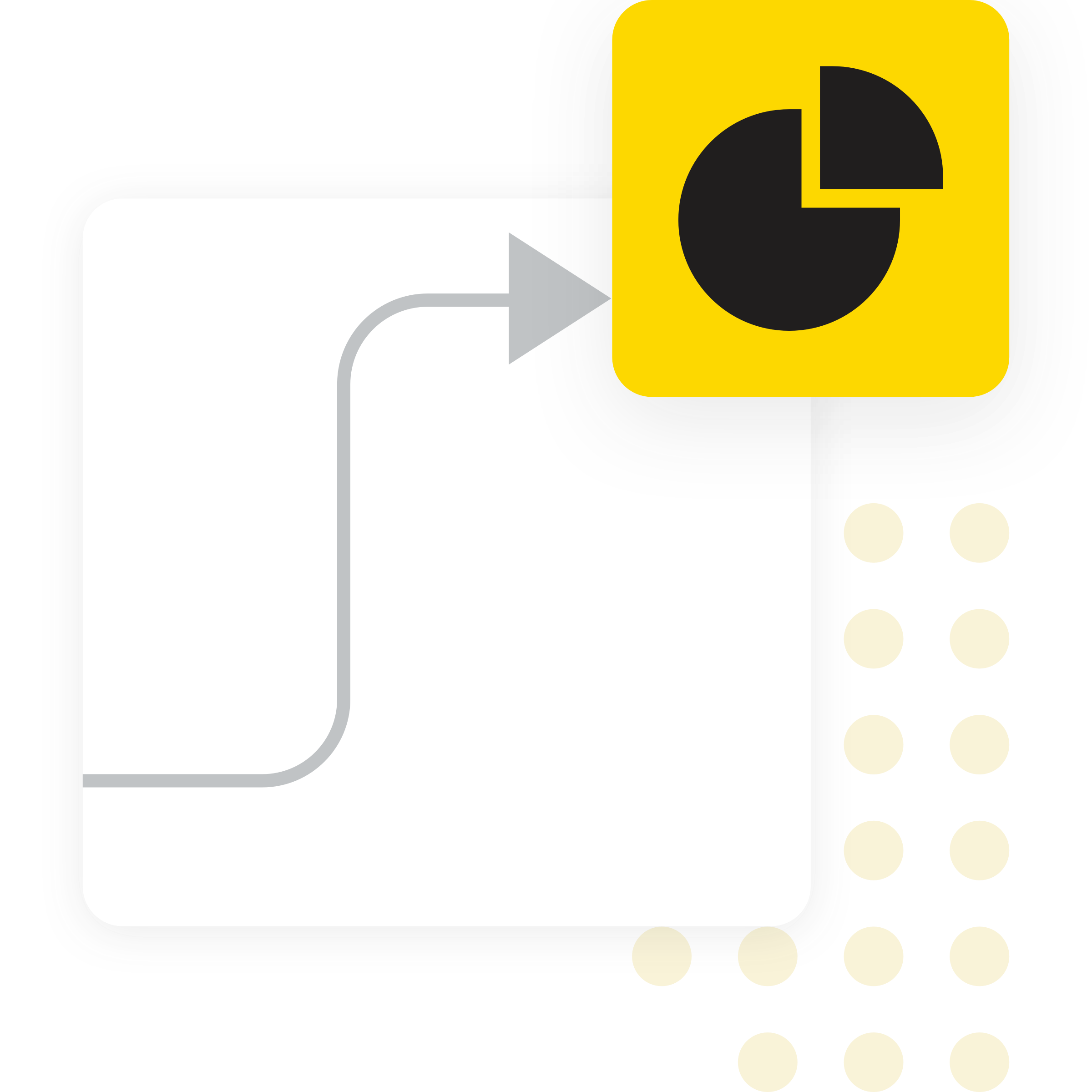
Benefits of using KNIME
- Easily connect to data sources where IoT data is stored, including Excel, Oracle, Snowflake, Amazon Redshift, or SAP
- Use built-in nodes to lag features, perform date & time aggregations, compute timestamp alignments, and handle seasonality
- Build, test, and adjust energy forecasting models using visual workflows and without writing code. Ideal for collaboration between energy managers, analysts, and engineers.
- Schedule recurring forecasts, trigger alerts, or feed predictions into dashboards and control systems
- Workflows are easy to audit, share, and repurpose for other facilities.
How to use KNIME for Energy Consumption Forecasting
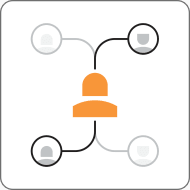
Data Access and Preprocessing
Collect data from industrial and IoT sources, such as smart meter logs, sensor boards, machine PLC systems, and easily access it from data warehouses (e.g., Oracle, Snowflake, Amazon Redshift, SAP) and structured local file formats (e.g., CSV, Excel). Clean and prepare the data, including aligning timestamps, filling in missing values, and removing outliers, to ensure a reliable foundation for analysis.

Feature Engineering and Seasonality Handling
Create lag-based features (e.g., x(t-1), x(t-2)), integrate production-related metrics (e.g., shift schedules, output volume), and enrich with contextual data such as temperature or humidity. Apply seasonality adjustments, such as same-hour-last-week comparisons, to normalize consistent recurring patterns in consumption or production.
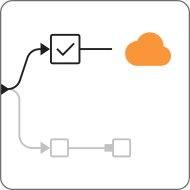
Energy Consumption Forecasting
Train a variety of machine learning models—from classic linear and polynomial regressions, to ARIMA/SARIMA models and advanced deep learning architectures like LSTMs—to predict hourly usage without leaving the low-code environment. Assess the model’s performance on in-sample and out-of-sample data using both goodness-of-fit measures (e.g. R2, adjusted R2) and error metrics (e.g., mean absolute error, mean squared error) to ensure actionable forecasts.

Deployment and Automation:
Schedule workflow execution to continuously generate forecasts, feed them into interactive dashboards, reporting systems, or even directly into industrial control loops, to enable ongoing operational insights.
How to Get Started
Additional Resources
Codeless Time Series Analysis with KNIME
A practical guide to implementing forecasting models for time series analysis applications.
Meet the Experts: Time Series Analysis
Meet the authors of Codeless Time Series Analysis with KNIME, a book that provides a practical overview of time series solutions from KNIME.
FAQ
Historical energy consumption time series for 1–2 years timestamped at the desired granularity (e.g., month, day, hour or finer). Optimally, the data could be enhanced with weather and environmental data (e.g., humidity, temperature, wind speed) and operational factors (e.g., prices, occupancy levels, industrial production indices). Ensure all data is complete, time-aligned, and covers seasonal patterns.
Yes. KNIME can train models—from linear regressions to deep neural networks—on historical energy consumption times series and contextual data to forecast hourly demand, helping reduce waste, manage peaks, and support sustainability goals.
It depends on your data, complexity, and objectives. If your energy usage patterns are relatively linear and well-explained by a small set of features, regression models (e.g., linear, polynomial) can be fast, interpretable, and effective. For more complex, nonlinear patterns—especially those with strong temporal dependencies—deep learning models like LSTMs often outperform traditional methods, capturing subtle seasonality and interactions. With KNIME, you can try both, compare metrics, and choose the best fit.
Use one of KNIME’s paid plans to schedule workflows, automate data ingestion, forecast generation, and integrate with dashboards, MES, or ERP systems.
Yes. You can build interactive dashboards or data apps to monitor actual vs. forecasted usage, peak demand, and efficiency indicators, helping identify anomalies or savings opportunities.